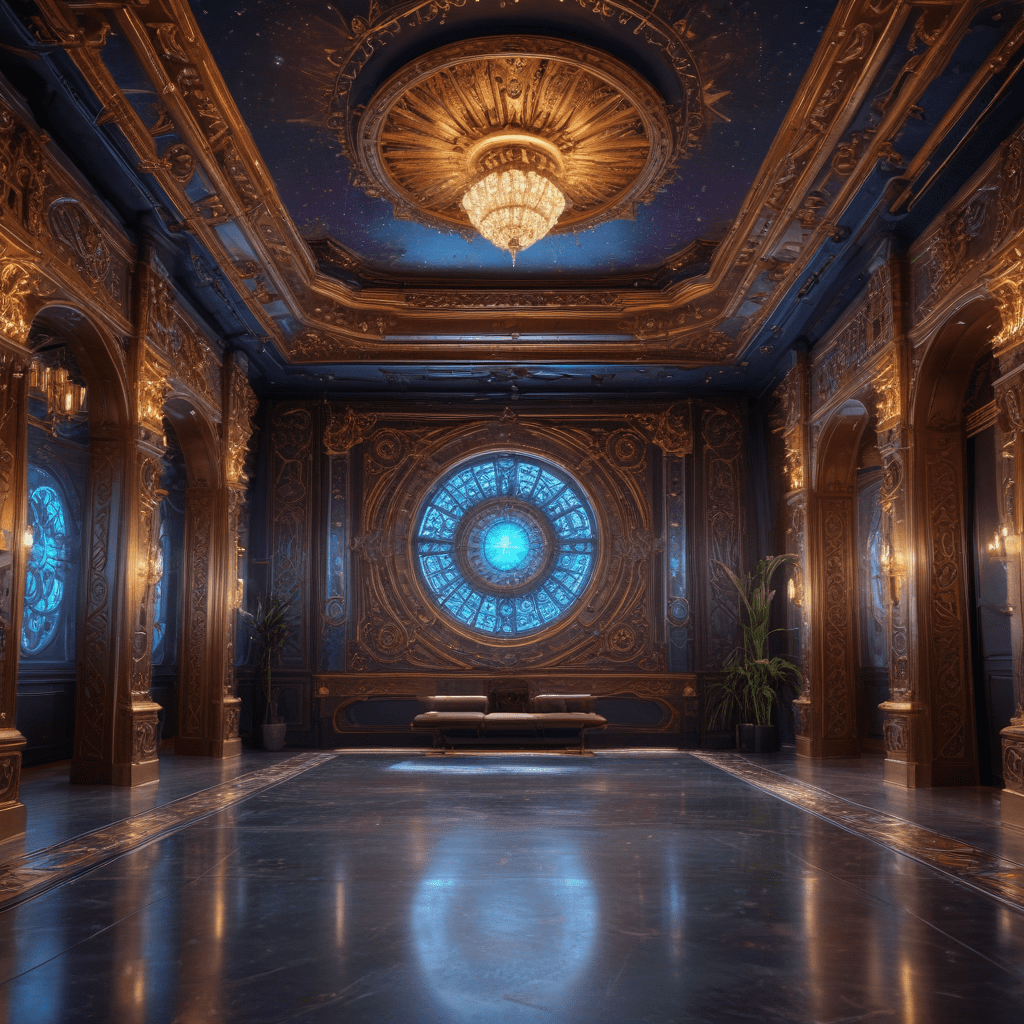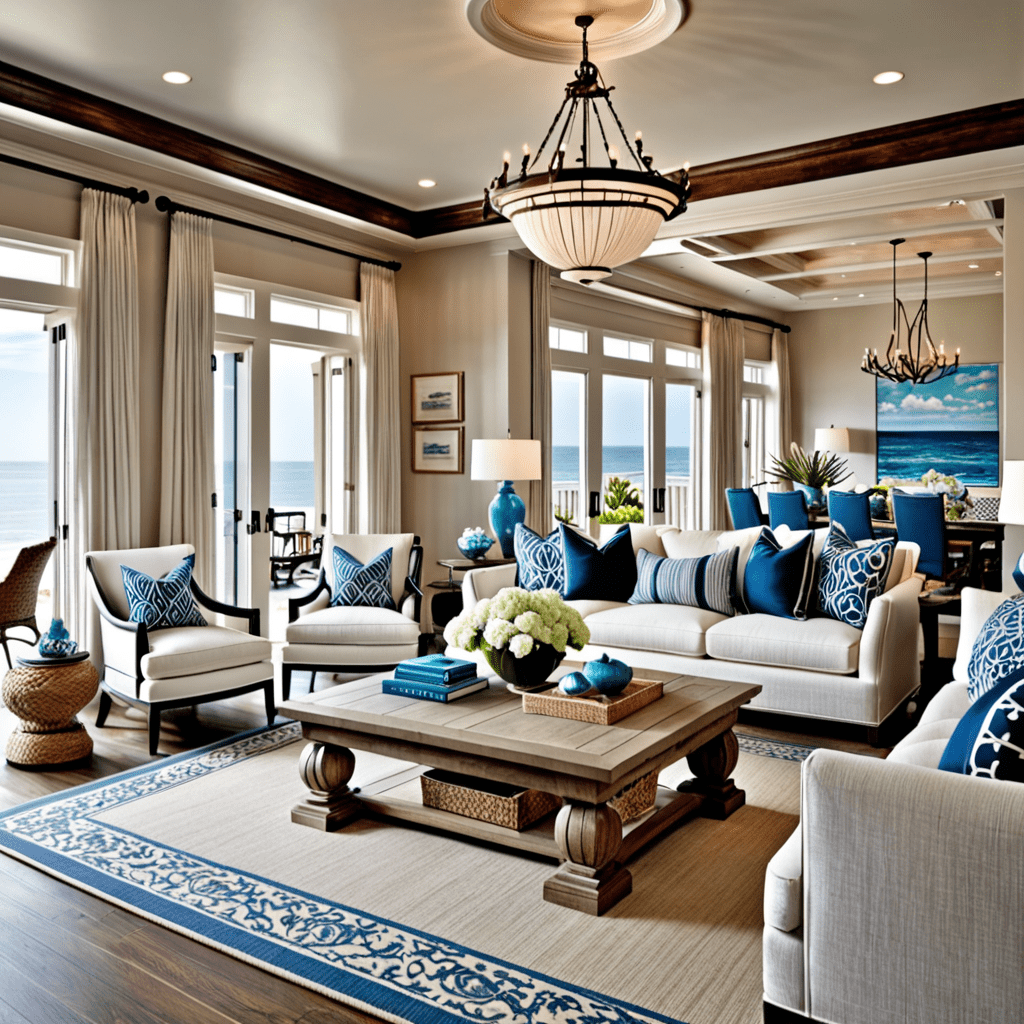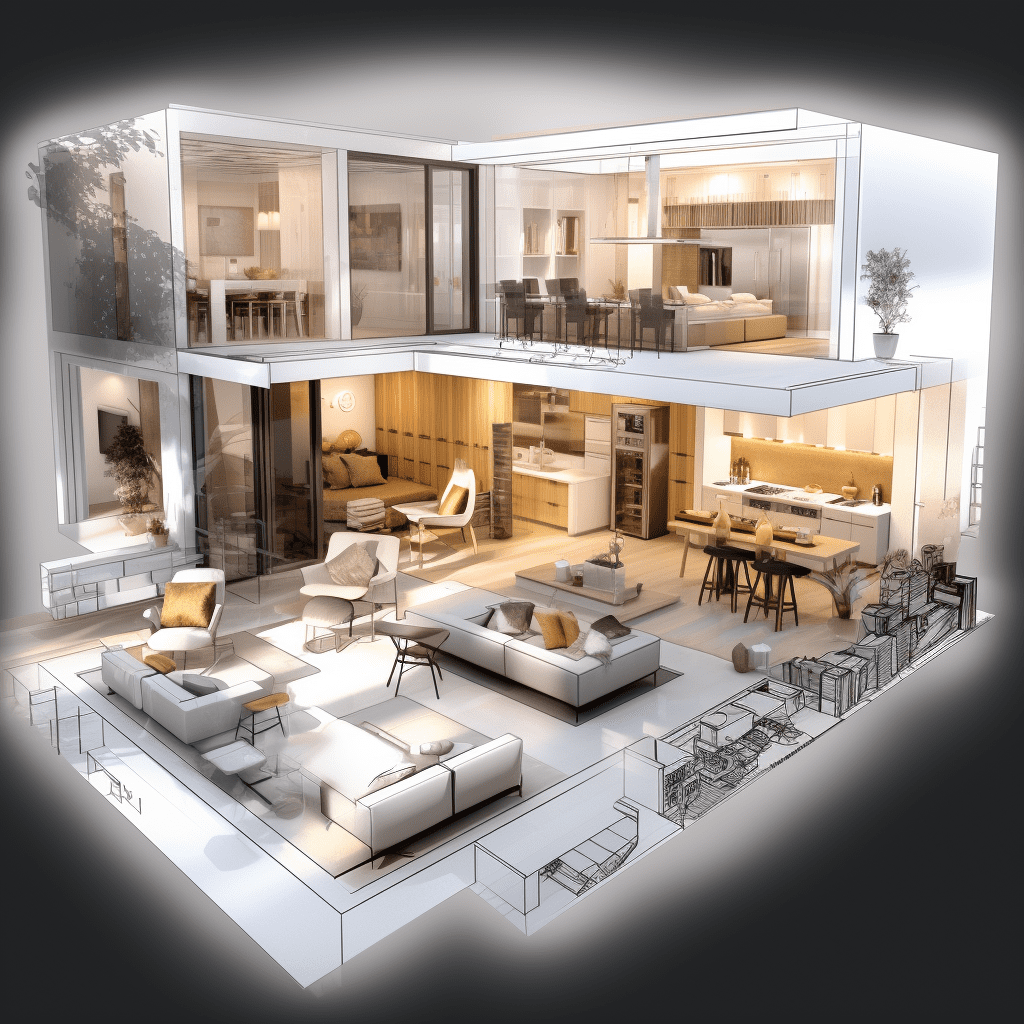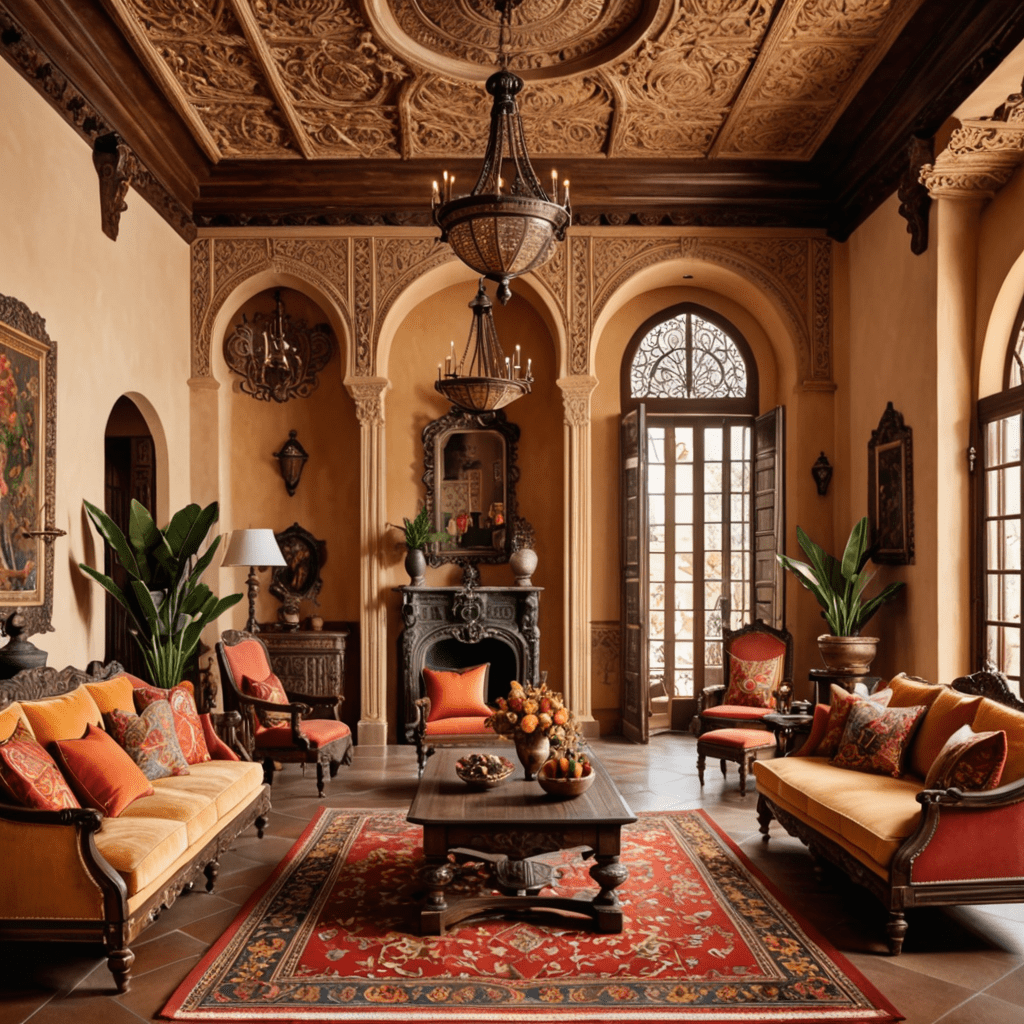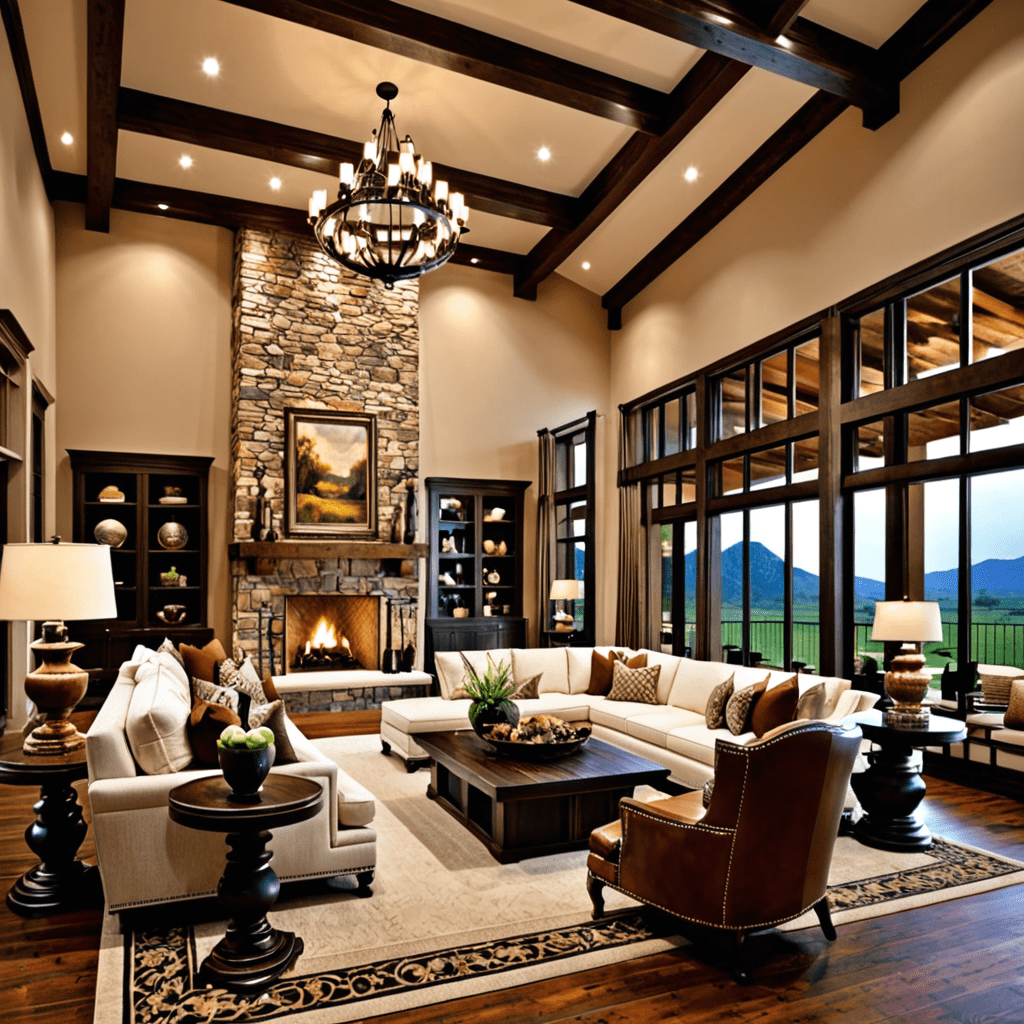„Unveiling the Daring Charm of Postmodern Interior Design”
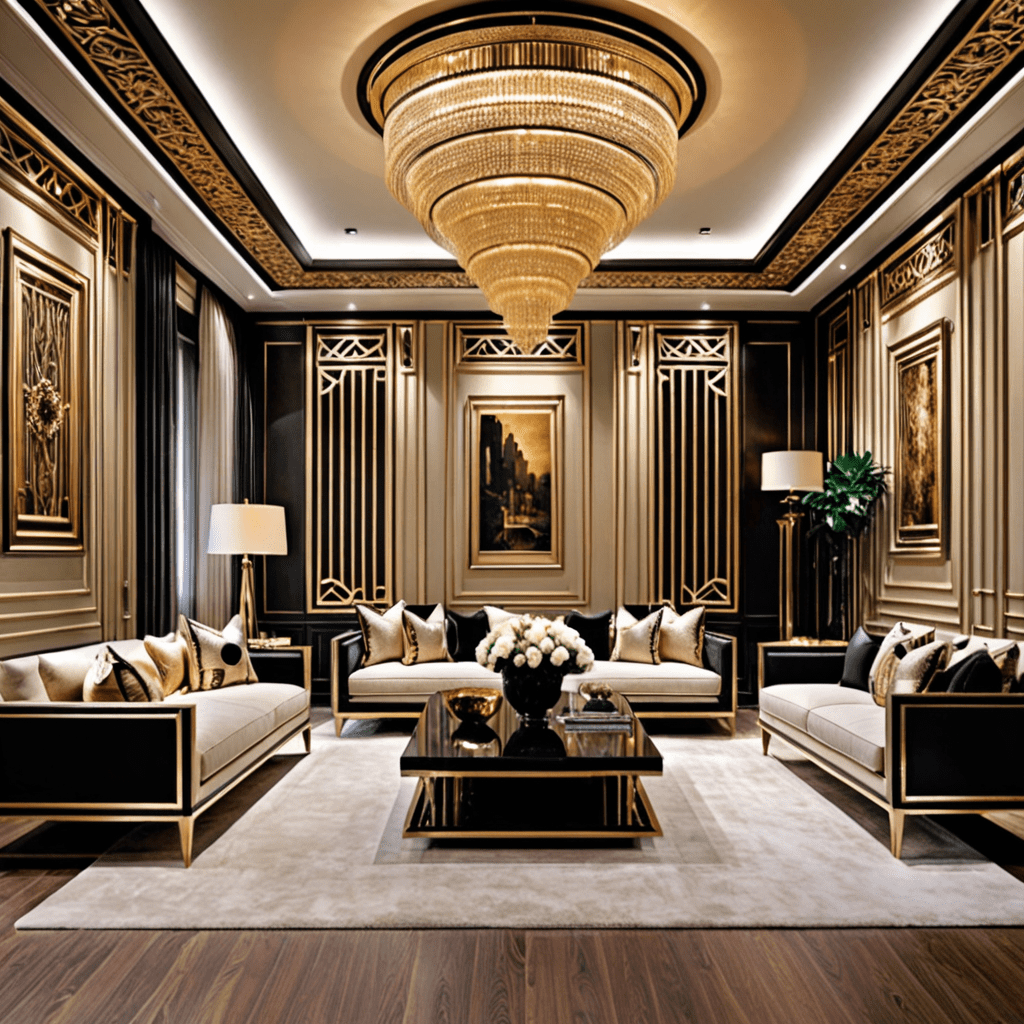

Unveiling the Daring Charm of Postmodern Interior Design
What is Postmodern Interior Design?
Postmodern interior design is an artistic movement that emerged in the late 20th century. It challenges traditional design norms by embracing eclectic styles, bold colors, and a mix of materials. Postmodernism encourages creativity and celebrates individuality, making it a unique and daring approach to interior design.
The Characteristics of Postmodern Interior Design
Postmodern interior design is characterized by several key elements that set it apart from other design styles:
- Eclecticism: Postmodern design embraces the mixing and matching of styles, materials, and colors.
- Playful Colors: Bold, vibrant colors are often used to create a sense of dynamism and energy.
- Combination of High and Pop Culture: Postmodernism blends high art and popular culture, creating unexpected juxtapositions.
- Use of Geometric Shapes: Geometric forms and patterns are frequently employed to add visual interest.
- Irony and Wit: Postmodern design often incorporates irony and humor through unexpected elements or unconventional compositions.
Tips for Incorporating Postmodern Style into Your Interior Design
If you’re intrigued by the daring charm of postmodern interior design, here are some tips to help you incorporate this style into your own space:
- Embrace Eclectic Furnishings: Mix and match furniture pieces of different styles and eras to create a visually dynamic space.
- Opt for Bold Colors: Choose vibrant hues for furniture, walls, and accessories to add a pop of energy to your space.
- Experiment with Patterns: Incorporate geometric patterns or eclectic prints to infuse your space with postmodern spirit.
- Accessorize with Quirky Pieces: Add quirky and unexpected accessories that showcase your personality and sense of humor.
- Focus on Texture and Material: Incorporate a variety of textures and materials, such as glass, metal, and wood, for a visually rich and diverse space.
Examples of Postmodern Design in Iconic Interiors
Several iconic interiors have embraced postmodern design principles. Let’s explore some prominent examples:
- Philip Johnson’s „Glass House” in Connecticut features a minimalistic yet eclectic design, blurring the line between indoor and outdoor spaces.
- Ettore Sottsass’ „Memphis” design movement brought postmodernism to the forefront with its bold colors, geometric shapes, and unconventional compositions.
- The Pompidou Centre in Paris, designed by Renzo Piano and Richard Rogers, showcases an exoskeleton-like structure and a vibrant, whimsical interior.
Frequently Asked Questions
1. Is postmodern interior design a timeless style?
No, postmodern interior design is not considered a timeless style. It emerged as a response to modernism and embraced the spirit of its time, making it more context-specific.
2. Can postmodern interior design work in a small space?
Absolutely! Postmodern design allows for creativity and flexibility, making it suitable for small spaces. You can play with colors, patterns, and furnishings to create an impactful and unique design even in a small area.
3. Is postmodern interior design suitable for every home?
While postmodern interior design can add a bold and daring statement to any space, it may not align with everyone’s personal taste. It’s important to consider your own preferences and the overall aesthetic of your home before embracing this style.
4. How can I balance postmodern design with functionality?
When incorporating postmodern design into your space, it’s essential to strike a balance between aesthetics and functionality. Look for furniture and materials that not only showcase postmodern elements but also offer comfort and practicality.
5. Can postmodern design be blended with other design styles?
Absolutely! Postmodern design encourages eclecticism, making it possible to blend it with other design styles. However, it’s important to ensure a cohesive and harmonious overall look by carefully balancing contrasting elements.
